Place de la Concorde, Paris
Photo by Robert Doisneau (1969)
On June 25, 1876, Captain Keogh rode Comanche at the Battle of the Little Bighorn led by Lt Col. George Armstrong Custer.
Comanche was reputed to be the only survivor of the Little Bighorn, but quite a few Seventh Cavalry mounts survived, probably more than one hundred, and there was even a yellow bulldog. Comanche lived on another fifteen years, and when he died, he was stuffed and to this day remains in a glass case at the University of Kansas. So, protected from moths and souvenir hunters by his humidity-controlled glass case, Comanche stands patiently, enduring generation after generation of undergraduate jokes. The other horses are gone, and the mysterious yellow bulldog is gone, which means that in a sense the legend is true. Comanche alone survived.
The picture considered by many to be the first photographic portrait ever taken was a “selfie”. The image in question was taken in 1839 by an amateur chemist and photography enthusiast from Philadelphia named Robert Cornelius. Cornelius had set his camera up at the back of the family store in Philadelphia. He took the image by removing the lens cap and then running into frame where he sat for a minute before covering up the lens again.
On the back he wrote “The first light picture ever taken.”
Photo by Robert Cornelius (1839)
Photo by Alvin Langdon Coburn
Photogravure published in “Camera Work”, No 21 (1908)
“Camera Work” was a quarterly photographic journal published by Alfred Stieglitz from 1903 to 1917. It is known for its many high-quality photogravures by some of the most important photographers in the world and its editorial purpose to establish photography as a fine art.
Bourke-White is a legendary photojournalist: aside from the Chrysler building stunt, she was the U.S.’s first female war correspondent, covering World War II and the Korean War, and was the first female photographer to work on Life (her photograph of the Fort Peck Dam appears on the cover of the magazines first issue).
This photo of Life Magazine’s photojournalist Margaret Bourke-White atop a steel gargoyle protruding from the 61st story of the Chrysler Building was taken by her dark room assistant Oscar Graubner in 1934
“I can’t help but feel that we’ll have Margaret Bourke-White’s shadow over us. But that’s nice; that’s really, really nice.” (Annie Leibovitz)
Annie Leibovitz and Assistant Robert Bean in Chrysler Building
Photo by John Loengard (1991)
“There was an air of unreality about that April day in Weimar, a feeling to which I found myself stubbornly clinging. I kept telling myself that I would believe the indescribably horrible sight in the courtyard before me only when I had a chance to look at my own photographs. Using the camera was almost a relief; it interposed a slight barrier between myself and the white horror in front of me.
This whiteness had the fragile translucence of snow, and I wished that under the bright April sun which shone from a clean blue sky it would all simply melt away. I longed for it to disappear, because while it was there I was reminded that men actually had done this thing — men with arms and legs and eyes and hearts not so very unlike our own. And it made me ashamed to be a member of the human race.” (Margaret Bourke-White)
Photo by Margaret Bourke-White – Time & Life Pictures/Getty Images (April 1945)
Alfred Eisenstaed’s portrait of the spontaneous jubilation that broke out with the announcement that World War II was over.
Eisenstaed recalled that the sailor was kissing every girls in sight and managed to get four snaps of him in a clinch with this nurse.
He never got their names, and while many credible contenders stepped forward over the years the LIFE magazine never conclusively confirm any of the claimants. Their identities remain a mistery; what they were feeling at that moment, does not!
Photo by Alfred Eisenstaed – Time & Life Pictures Getty Images (1945)
Fidel Castro has his beard touched during a visit to his hotel by youngsters who attended a Queens school with his son. The boy was secretly living here while his father led the Cuban revolution. The kids are (l. to r.): Gene Wolf, Kathy Johnston, Kathy Tableman, David Friedlander, Karen Leland and Robert Boyle.
Photo by Bob Henriques/Magnum (1959)
It’s October 1, 1940 and photographer Claude P. Dettloff is standing on Columbia Street at 8th Street in New Westminster, his press camera up to his eye, preparing to take a shot. He’s focusing on a line of hundreds of men of the B.C. Regiment marching down 8th to a waiting train. Soldiers of the Duke of Connaught’s Own Rifles are marching past. Suddenly, in the view-finder, Detloff sees a little white-haired boy tugging away from his mother’s grasp and rushing up to his father in the marching line.
“Wait For Me, Daddy” becomes the most famous Canadian picture of the Second World War, and one of the most famous of all war pictures. And it was a fluke, a one-in-a-million shot.
Photo by Claude P. Dettloff (1940)
Amy Johnson achieved worldwide recognition when, in 1930, she became the first woman pilot, or in the language of the time, “aviatrix”, to fly solo from England to Australia. Flying G-AAAH, a Gipsy Moth which was the first of her aircraft named “Jason”, she left Croydon, south of London, on 5 May of that year and landed in Darwin, on 24 May after flying 11,000 miles (18,000 km).
Photo Central Press/Getty Images (1930)
San Francisco’s Golden Gate Bridge, a stunning technological and artistic achievement, opens to the public after five years of construction.
On opening day – “Pedestrian Day” – some 200,000 bridge walkers marveled at the 4,200-foot-long suspension bridge, which spans the Golden Gate Strait at the entrance to San Francisco Bay and connects San Francisco and Marin County. On May 28, the Golden Gate Bridge opened to vehicular traffic.
(AP Photo)
Dog Chris, listening to the gramophone, Antárctica
Photograph taken in January 1911 by Herbert George Ponting, Robert Falcon Scott’s official photographer for the Terra Nova Expedition (1910-1913). Pointing was hired as the expedition official cinematographer and photographer.
Herbert Ponting/Scott Polar Research Institute, University of Cambridge/Getty Images
Wanda Wulz was na italian experimental photographer.
One great example of her works is the self-portrait merged with a portrait of a cat. She created this striking composite by printing two negatives—one of her face, the other of the family cat—on a single sheet of photographic paper, evoking by technical means the seamless conflation of identities that occurs so effortlessly in the world of dreams.
Io + Gatto (Self-portrait) (1932)
“The hour is late, the light is failing, I could not expose another film. So there stands my camera focused, trained like a gun, commanding the shells not to move a hair’s breath. And death to anyone who jars out of place what I know shall be a very important negative.” Edward Weston – The Daybooks
Photo by Edward Weston (1927)
.”

Pushkinskaya Square
Photo by Alexander Rodchenko (1927)

Arnsberger Wald
Photo by Albert Renger-Patzsch (1936)

Photo by Paul Schuitema (1929)
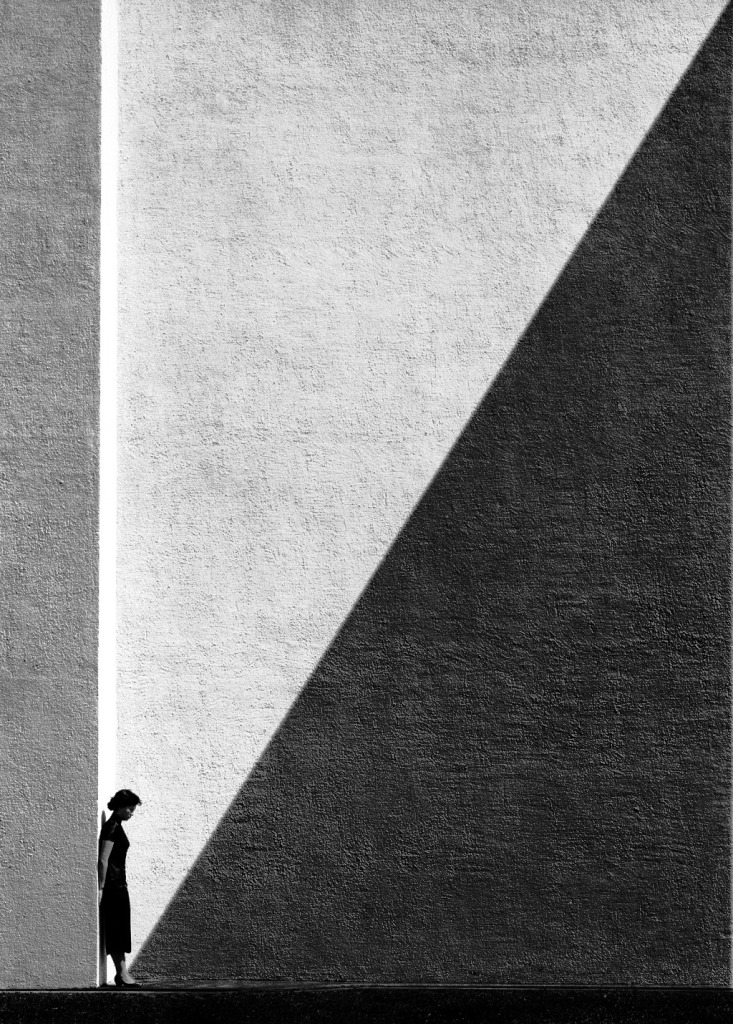
Photo by Ho Fan (1954)
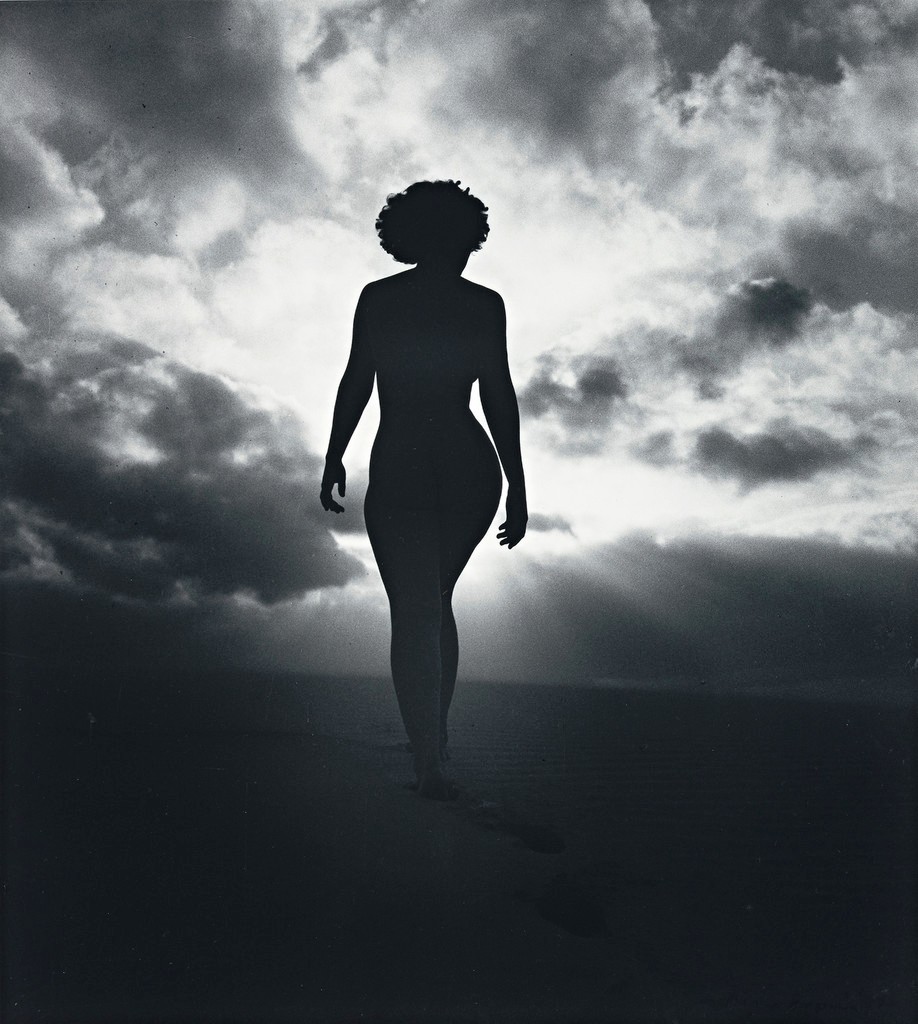
Photo by Max Dupain (1937)
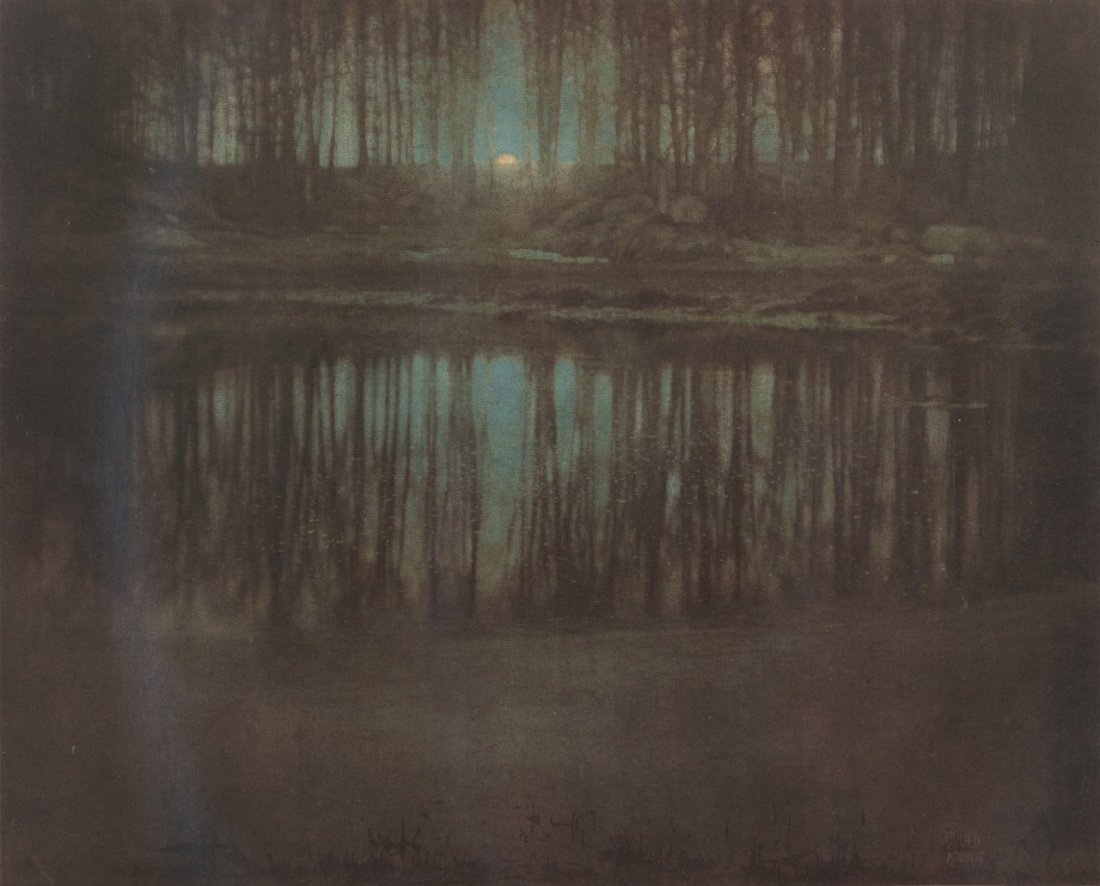
The Pond-Moonlight is a pictorialist photograph by Edward Steichen taken in 1904 in Mamaroneck, New York.
The photograph features a forest across a pond, with part of the moon appearing over the horizon in a gap in the trees.
It is an early color photograph, predating the first widespread color photography technique (the 1907 autochrome), and was created by manually applying light-sensitive gums.
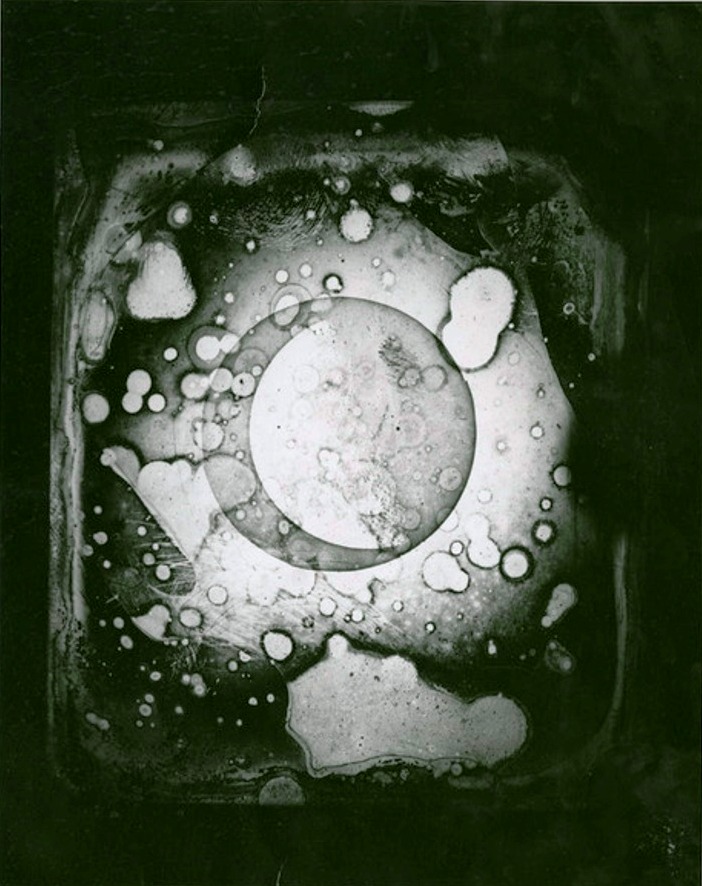
Photo attributed to John William Draper, believed to have been taken from his rooftop observatory at New York University (March 26, 1840)

Portrait of motion picture operator aboard the ship Anita during Spanish American War in West Indies
© Byron Company photography studio (1898)
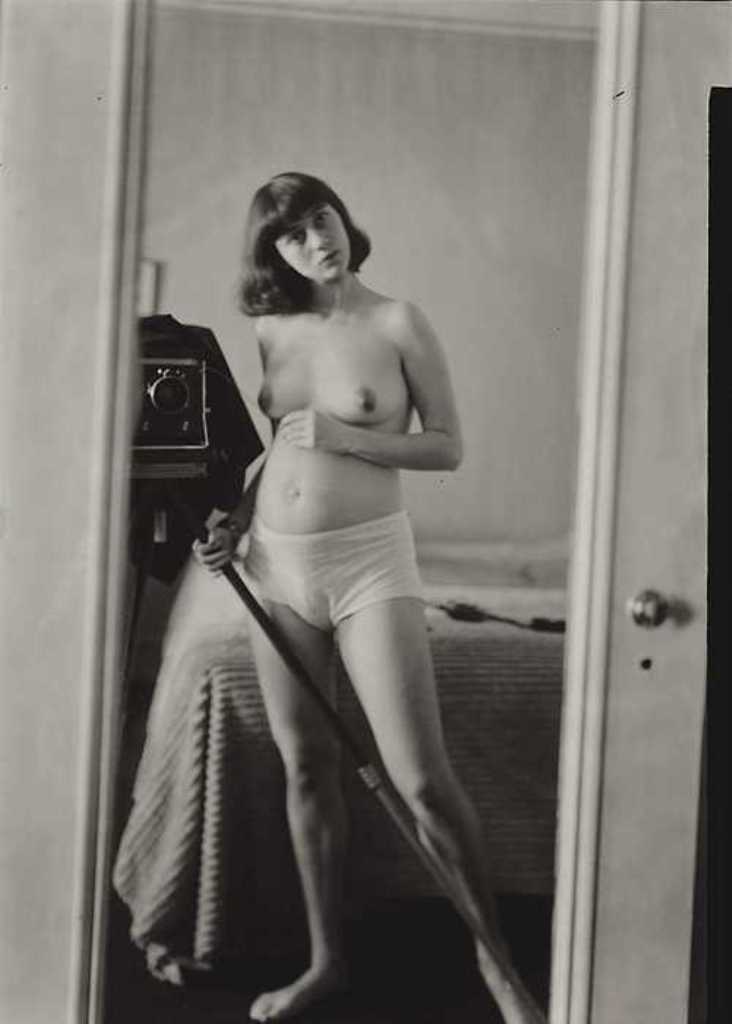
Self-Portrait of Diane Arbus
N.Y.C (1945)

East 100th street, East Harlem, New York City
Photo by Bruce Davidson (1966-68)
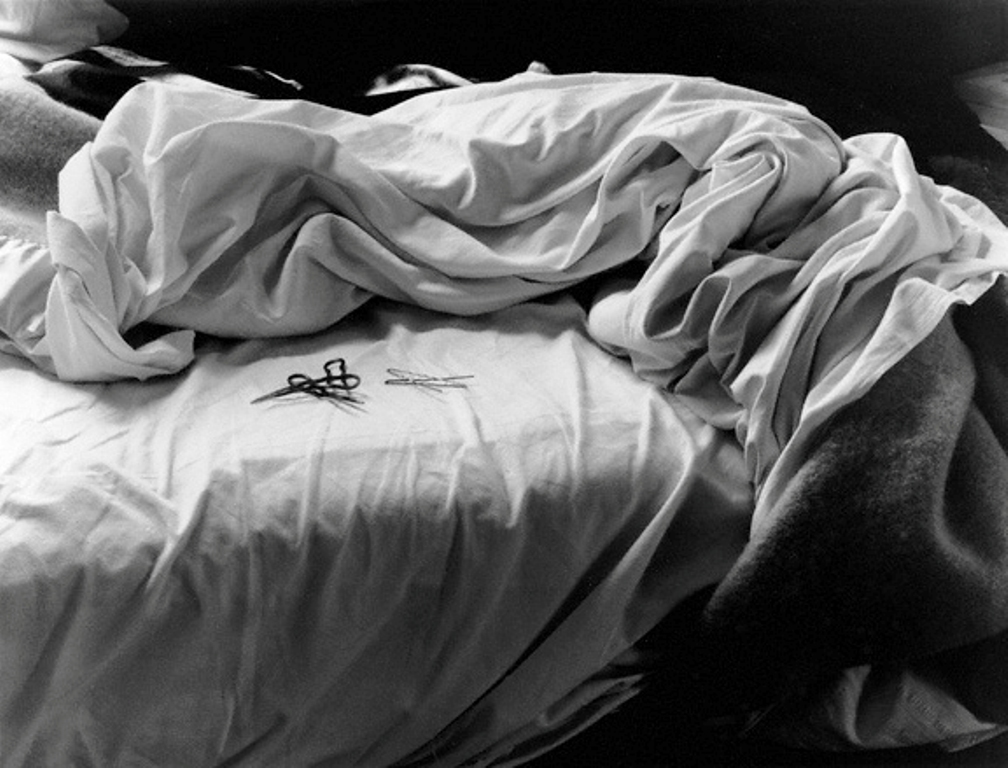
Photo by Imogen Cunningham (1957)